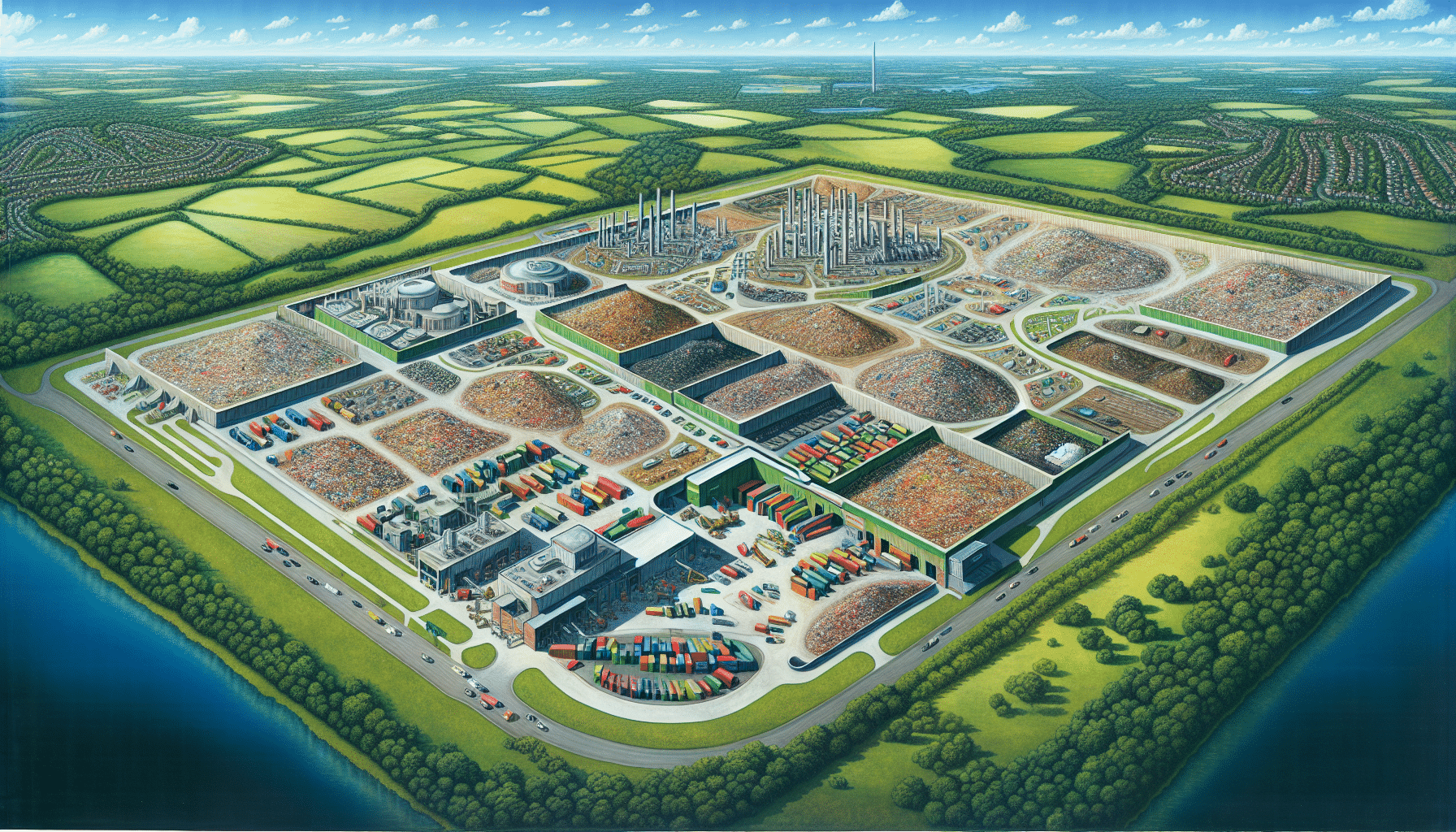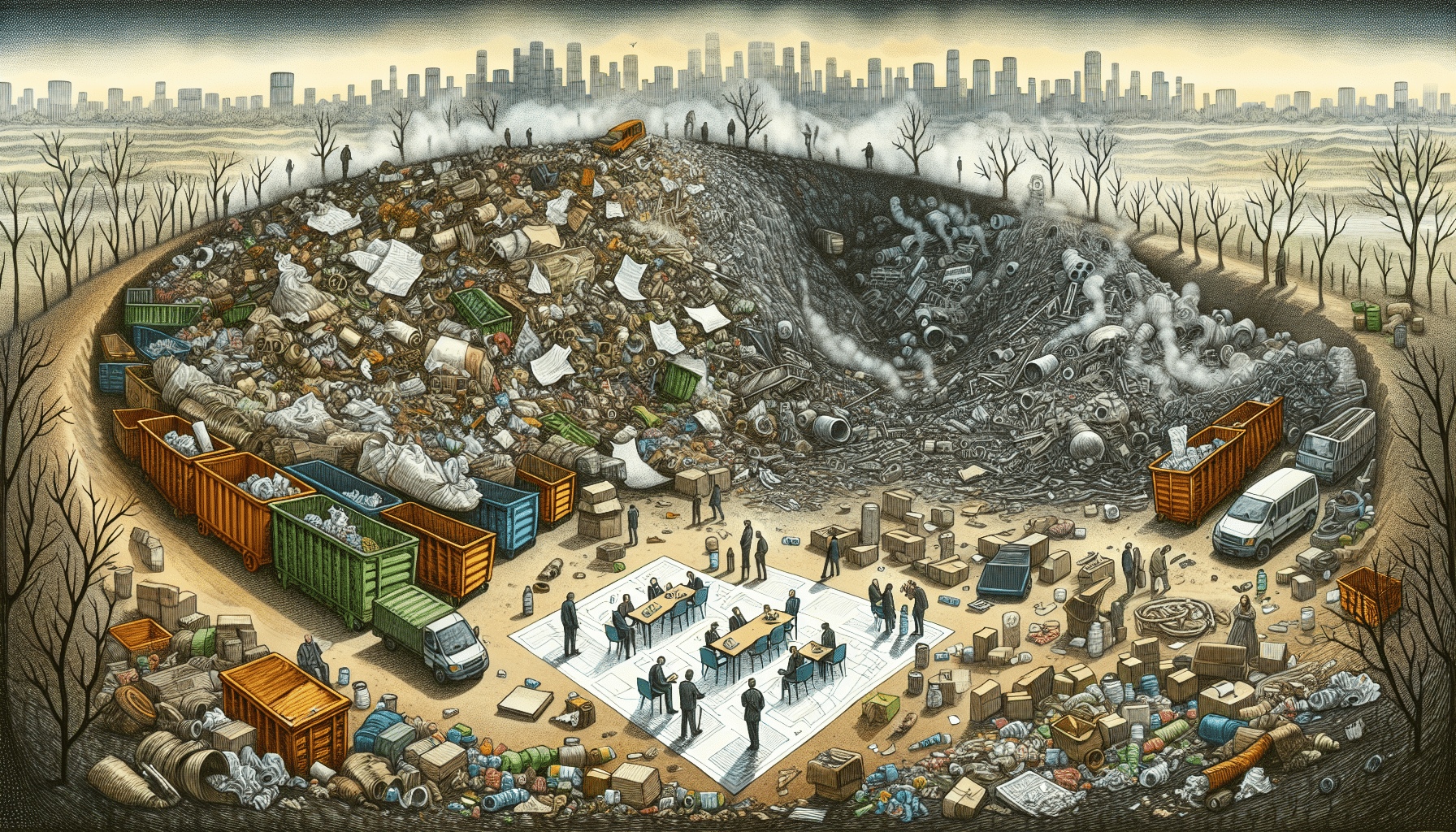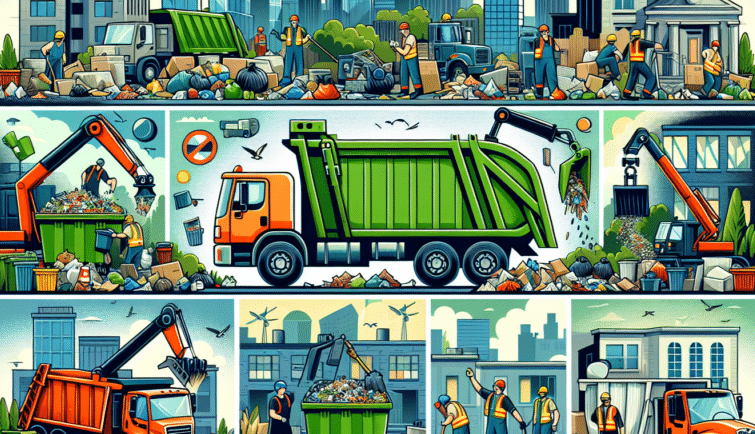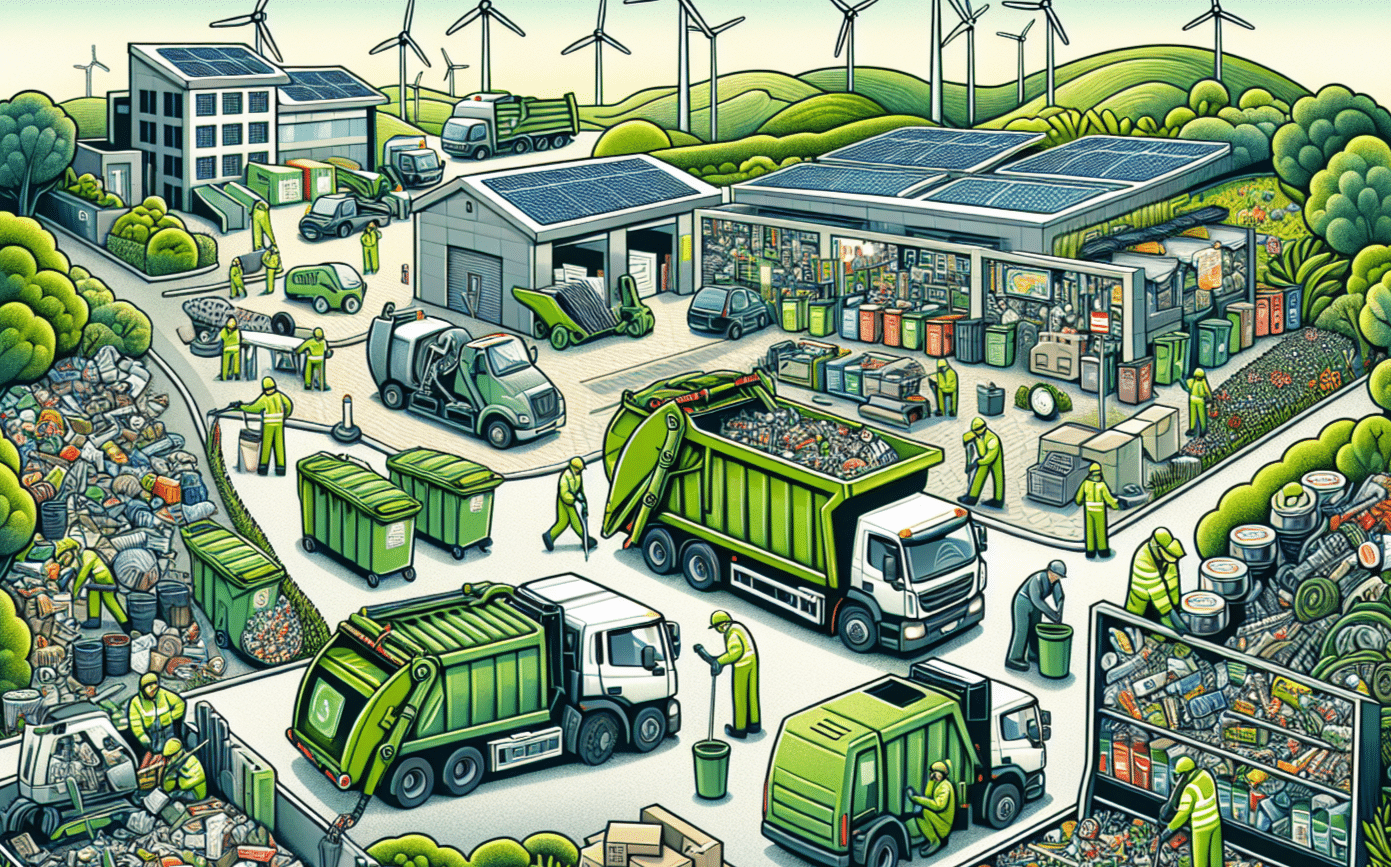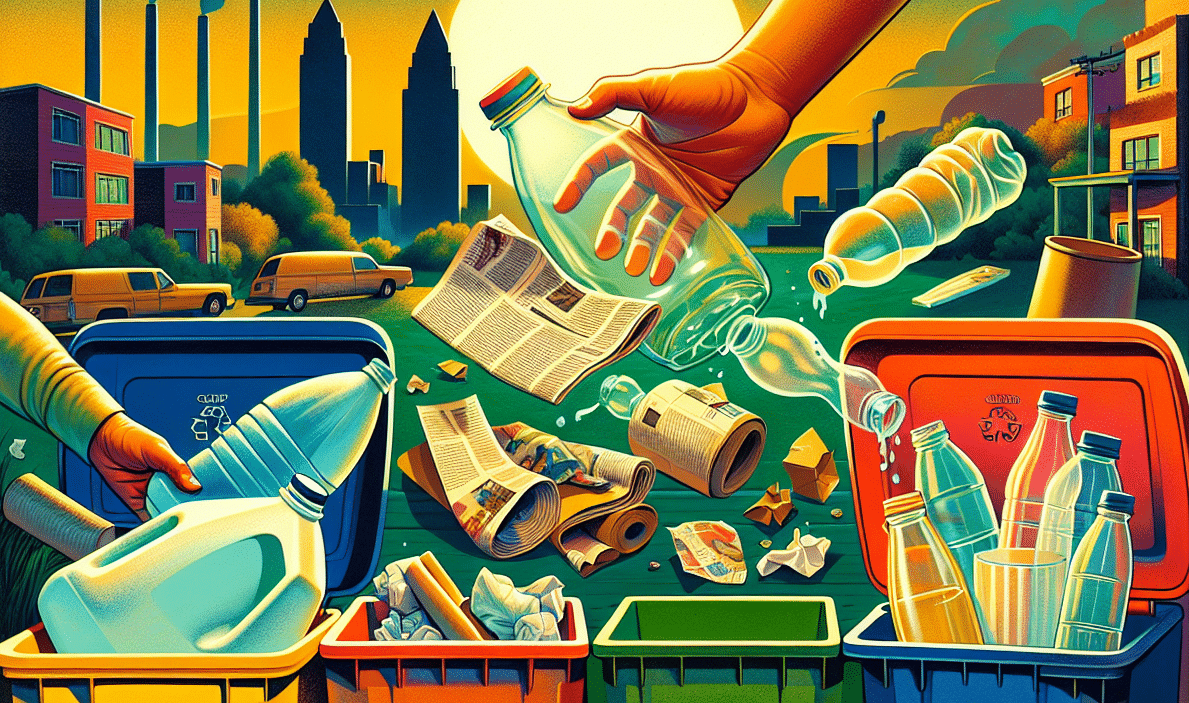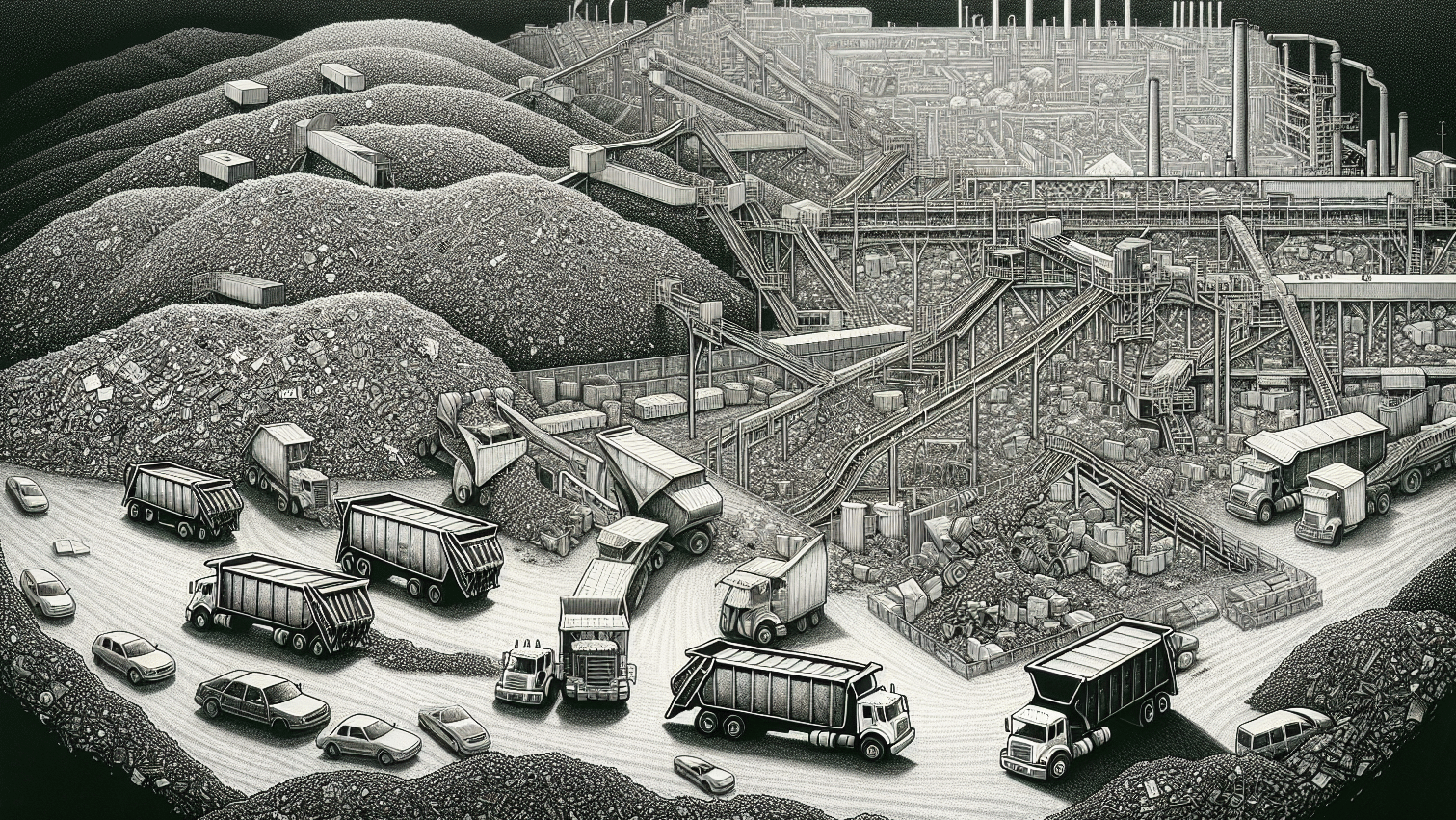Wondering how to reduce waste and save costs? Waste minimization is the answer. Waste minimization is a comprehensive approach to limiting the amount of waste we produce societally. This article will guide you through practical steps of waste minimization to reduce, reuse, and recycle, helping both the environment and your budget.
Key Takeaways
- Waste minimization, encompassing the principles of reduce, reuse, and recycle, is essential for addressing environmental challenges while optimizing the use of resources.
- Implementing a waste minimization program involves strategic planning, the use of technology, effective systems, and employee engagement to create a sustainable organizational culture.
- Businesses across various industries can benefit economically and environmentally from waste minimization practices.
Introduction
In the dynamic world of modern commerce and industry, waste minimization stands out as a symbol of efficiency and responsibility. Waste minimization is a comprehensive approach to reducing the amount of waste we produce. Throughout this guide, the importance of waste minimization will be unveiled and its vital role in directing us towards a future in which resource management becomes a fundamental aspect of business ethos.
Understanding Waste Minimization
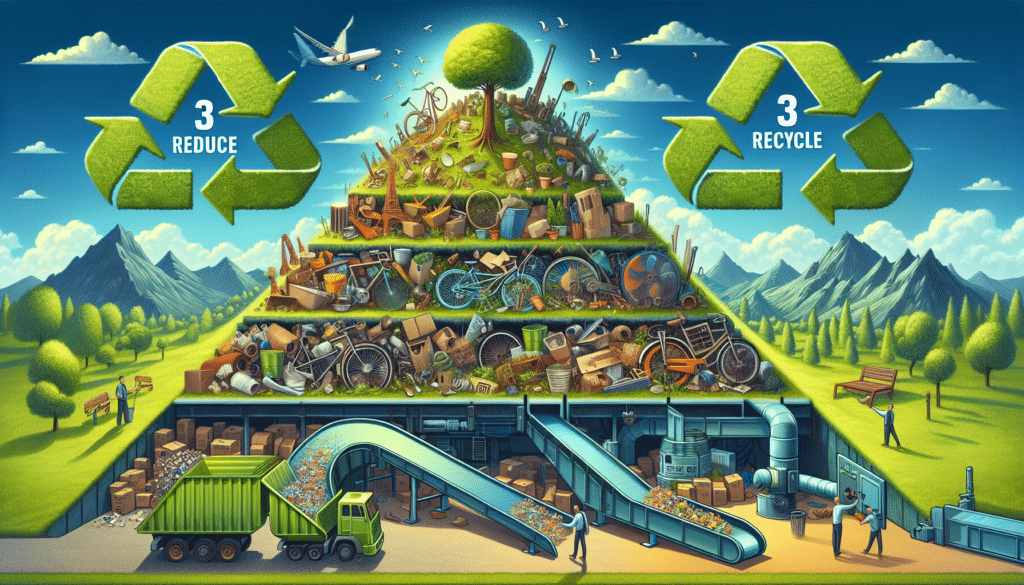
Waste minimization is the bedrock of sustainable practices. Exploring the realm of waste minimization, it becomes clear that employing environmentally sound recycling methods is an economical and efficient strategy that is beneficial to the environment as it cuts down on waste disposal and optimizes the use of everyday resources.
Economic Benefits of Waste Minimization
The practice of waste minimization can be both environmentally and economically beneficial. By adopting more efficient processes and reducing the input of raw materials, businesses can achieve substantial savings.
Environmental Impact of Waste Minimization

The environmental impact of waste minimization is profound. By promoting the recycling of potentially hazardous materials such as rechargeable batteries and used lamps, we mitigate the release of heavy metals and harmful chemicals into our ecosystems. The actions help to preserve natural habitats and reduce greenhouse gas emissions, underscoring the importance of pollution prevention.
Implementing a Waste Minimization Program

Implementing a waste minimization program is a strategic endeavor. It begins with a waste reduction policy and a thorough waste analysis to identify recyclable materials and current practices used within the company. A strong waste management program can help promote superior resource management as well as cultivate an environmentally conscious organization.
Systems
Effective systems are the backbone of waste minimization, from procurement analysis to efficient inventory management. Continually enhancing these systems is vital for sustainable waste reduction.
Technology
Technology serves as a wonderful tool in the realm of waste minimization, offering tools and methodologies that optimize resource use and minimize operational costs through energy recovery. Embracing advanced technologies is crucial for businesses aiming to reduce their environmental footprint while maintaining profitability.
People
An essential part in implementing waste minimization programs are the people who participate. Providing staff training guarantees that all members comprehend how to properly use the current waste management systems and technologies, thus enhancing a culture of sustainability.
Industry-Specific Waste Minimization Strategies

Distinct industries necessitate customized waste minimization strategies mirroring their unique processes and materials. By focusing on industry-specific practices, organizations can more effectively reduce industrial waste generation.
Manufacturing
Waste minimization strategies used in manufacturing include efficient product design and closed-loop systems which not only reduce waste but also contribute to the bottom line through reduced operating costs.
Healthcare
Healthcare facilities face unique challenges in waste management, including the need to manage hazardous wastes and materials, necessitating strategies that include good waste management practices and stock management to minimize the generation of waste that can cause potential environmental harm.
Retail
The retail industry can contribute to waste minimization by promoting reusable bags and reducing packaging waste. These practices not only benefit the environment but also align with consumer preferences for sustainability.
Legal Requirements and Compliance
Compliance with legal mandates like the Resource Conservation and Recovery Act (RCRA) is paramount for organizations to circumvent legal consequences and exhibit their dedication to environmental protection.
Tools and Resources for Waste Minimization
Organizations aiming to enforce waste minimization practices can utilize resources such as the EPA’s WasteWise program and the Sustainable Facilities Tool 3. These programs offer guidance and support for sustainable operations.
Reputational and Social Benefits

Taking a proactive stance on waste management can considerably bolster a company’s image, thereby drawing in environmentally mindful customers and improving employee retention.
Common Challenges and Solutions
Tackling common hurdles in waste minimization efforts necessitates a collective approach to manage waste, increase awareness, engage stakeholders, and scrutinize workflows for ongoing enhancement.
Summary
The journey through the facets of waste minimization highlights its importance as a strategic approach to sustainable business practices. By implementing the right systems, technology, and engaging people, organizations can reap economic benefits, lessen their environmental impact, and improve their brand image.
Frequently Asked Questions
What are the 3R actions in waste minimization?
The 3R actions in waste minimization are reduce, reuse, and recycle, which are essential for reducing waste and promoting sustainability.
How can waste minimization benefit a business economically?
Waste minimization can benefit a business economically by leading to cost savings through efficient resource use, improved processes, and reduced disposal costs.
What technologies can assist in waste minimization efforts?
Waste tracking systems and resource optimization tools are advanced technologies that play a crucial role in minimizing waste and enhancing sustainability. Using these technologies can significantly aid in waste minimization efforts.
Why is staff training important in implementing a waste minimization program?
Staff training is important in implementing a waste minimization program because it leads to more effective implementation and sustainability practices by ensuring that employees understand the waste minimization strategies and their roles in the program.
Are there legal requirements for waste minimization?
Yes, certain laws like the Resource Conservation and Recovery Act (RCRA) mandate waste minimization programs to reduce waste quantity and toxicity in certain facilities.















